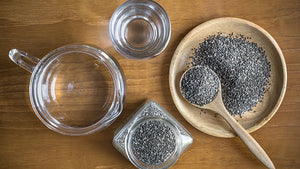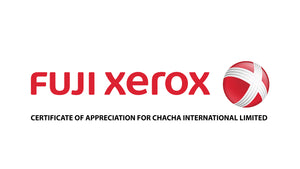17 Foods You Should Always Buy Organic

Going organic is pricey, so pick the groceries worth the extra cash

In a perfect world, you would eat all organic everything. The more organic food you eat, the less sketchy chemicals you’re ingesting—namely, pesticides, which by their very definition are designed to kill other living things. And while we aren’t weeds or bugs feeding on crops, we do eat the produce that end up being sprayed with the stuff.
That’s a big deal, since research has linked the ingestion of pesticides to ADHD in children, a lower sperm count in young healthy men, and fertility issues, but more research needs to be done to fully understand those links.
Because various types of pesticides can make their way to your food, you might be taking in a cocktail of chemicals. These mixtures may increase your risk of gene mutation and halt your body’s ability to repair damaged DNA, which has been linked to an increased cancer risk, according to a report from the University of California Los Angeles.
Going organic won’t completely eliminate your exposure to these chemicals, but depending on the foods you pick, it can help. For instance, a large meta-analysis from Stanford University Medical Center found that organic fruits and vegetables didn’t really differ in nutritional quality compared to conventional produce, but they did have a 30 percent lower risk of pesticide contamination.
The problem? Organic food is pricey. Knowing what foods to splurge on can get tricky, but a good rule of thumb is to look out for produce that is more likely to have pesticide residues, explains Gary Adamkiewicz, assistant professor of environmental health and exposure disparities at the Harvard T.H. Chan School of Public Health, meaning lots of produce should top your list.
When you’re navigating the grocery store, keep the following foods in mind if you’re looking to go organic. They won’t be hard to find — look for the “USDA Organic” sticker.

STRAWBERRIES, SPINACH, AND NECTARINES
- Perfect Earth Foods











